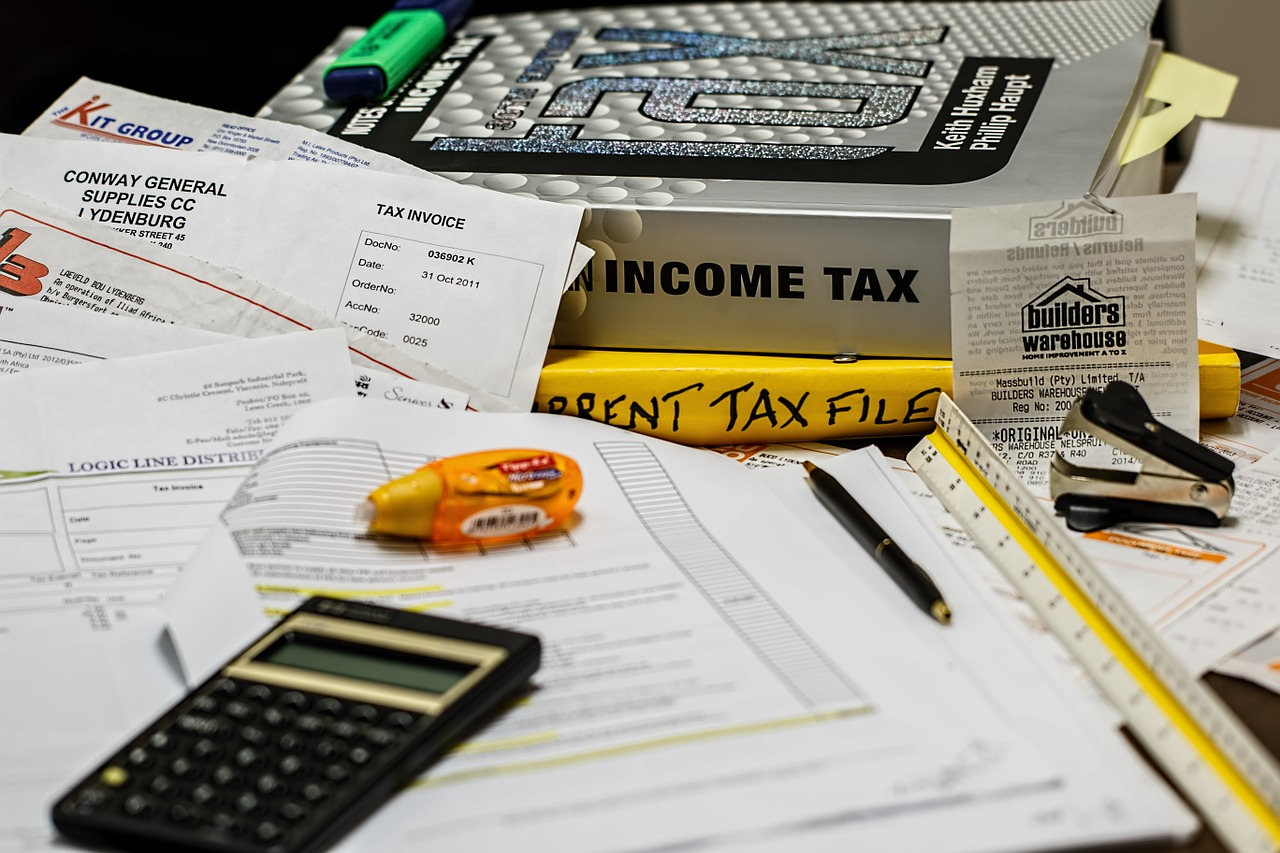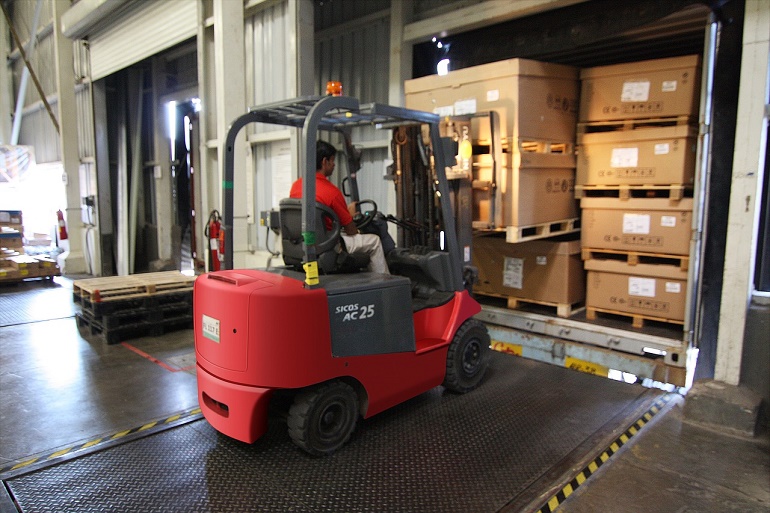Is Amazon FBA worth it? It’s a tough question, so we couldn’t resist trying to find a concrete answer. Let’s break down the pros and cons of Fulfillment by Amazon:
Last updated 5/3/2018.
Taxes

A U.S. seller’s first concern should always be keeping Uncle Sam happy. Back taxes are a fast track to bankruptcy. So, before deciding whether you’re interested in using FBA or not, you should consider the online sales tax implications.
The big problem is that Amazon achieves their rapid delivery times by warehousing goods in multiple states. In many states that collect sales tax (if not all), this qualifies as a “nexus.” The result is that you have to pay sales tax on any goods you sell to customers in that state.
To make things even more complicated, you may have to register for a sales tax permit with one or more municipalities within a single state. This is currently the case in Arizona and likely is in other states as well.
This page on Amazon lists the states where you may need to pay sales tax as an FBA seller. Another excellent resource is this regularly updated article on TaxJar. Get ready to do all the paperwork and pay all the fees to register in those states, and to keep an eye out for new fulfillment centers being opened in other states or new cities.
Amazon can help by calculating sales and use tax for you. But, of course, they charge yet another fee if you use that service.
So, this is the first question you need to ask yourself: Am I willing and able to register for a sales tax permit in something like 25 states and numerous cities?
If not, here are some resources that can help simplify the most painful points of being a self-fulfilled merchant:
If you answered yes, let’s continue.
FBA Fees

FBA fees add a significant amount to the already high cost to sell on Amazon. You can expect to pay most or all of the following:
Inventory Placement
One of the greatest advantages of FBA is that you don’t have to send out a package for each customer—you simply ship your products to Amazon in bulk, and they handle the rest. But what you might not know is that you don’t just get to send everything to one destination by default.
In most cases, Amazon will require you to send your inventory to multiple fulfillment centers. It’s still better than handling the packaging and shipping for every individual order, but it can be a pain. It also means you must account for the work and cost of shipping to two or more destinations every time when deciding whether Amazon FBA is worth it.
Inventory placement is an optional service that lets you pay a fee per item in order to send everything to a single distribution center. You have to choose between this cost and the hassle of shipping to multiple sites.
Inventory Storage Fees
This one isn’t optional. You must pay a storage fee every month an item sits in a fulfillment center.
Amazon's monthly inventory storage fees are as follows: Standard-size items cost $0.69 per cubic foot between January and September and $2.40 between October and December. Fees for oversize items are $0.48 and $1.20 respectively.
There are also long-term storage fees. These will go way up in September 2018.
Fulfillment Fees (Formerly Order Handling, Pick & Pack, and Weight Handling)
Amazon charges for each successful sale through FBA. The cost depends on details like the item's size and outbound shipping weight. For example, a large standard-size item with an outbound shipping weight of no more than 1 pound would generally cost $3.19.
Advantages of FBA

Now that we have a rough idea of the costs and troubles of using FBA, what are the advantages that have made so many sellers think it’s worth it?
Prime & Free Shipping Eligibility
Fulfillment by Amazon gives you two huge shipping advantages:
- Your products become eligible for Amazon Prime’s famous free two-day shipping.
- For customers who don’t have Prime, most items also become eligible for free standard shipping on orders of over $25.
These make your items much more desirable to Amazon customers. In fact, some Amazon customers will filter out items that aren’t eligible for Prime or free shipping, meaning they might not even bother with looking at your ineligible competitors. It’s a huge advantage when it comes to winning the Amazon Buy Box.
Of course, if you have enough fulfillment muscle of your own, you won't need FBA for any of that. You can enroll in Seller Fulfilled Prime instead.
Simpler Shipping
Shipping out to every customer is tremendously time-consuming. Although Amazon will require you to ship to multiple locations or pay an extra fee, it’s way easier to make three shipments of 100 items each than to package and ship 300 independent items. You’ll spend a lot less time wrestling with tape and cardboard.
Easier Customer Service
When you use FBA, Amazon takes over customer service for the items they fulfill. This can save you a lot of time and money. You’ll just have to take care of little things like answering questions about the products—and of course, you’ll still need to provide support for any items that aren’t fulfilled using FBA.
If you decide against using FBA, you can take a lot of the work out of Amazon support by integrating Amazon with a helpdesk that can also manage all your other channels, including eBay and your own online store.
Cost-Benefit Analysis

FBA: Side effects may vary.
Okay, now we know what Fulfillment by Amazon will give and what it will take. It’s time for us to find the truth: is Amazon FBA worth it?
Headaches Saved vs. Headaches Gained
The biggest problem with Amazon FBA is definitely the sales tax issue. Amazon may leave you in the dark about the locations of new fulfillment centers, forcing you to either file for a new permit every time a third party reports a new center is under construction or scramble to get one whenever you discover your inventory is being housed somewhere different. And then you have to deal with reporting to all those states and municipalities every year.
In contrast, someone selling without FBA, and who stores all their inventory in one state, would likely only have to deal with their own state’s sales tax regulations. You would only need to start worrying about other states if you were selling to their residents in vast quantities (to the best of my knowledge).
So, there are three possibilities that make FBA acceptable:
- You (or someone else in your company) are completely undaunted by this Mount Everest of paperwork.
- You’re willing to spend a lot of money on a tax professional, and possibly a business attorney.
- The time you lose to shipping and customer service on Amazon is so great that you think this paperwork would take up less of your time in the long run.
That brings us to the next thing to consider: how much time/money do you spend on shipping, inventory management, and customer service?
Undoubtedly, you’ll save a lot on those areas with FBA. Never having to deal with an unhappy customer again could also be a great relief. But for most independent sellers, the difficulty of staying in full compliance with tax law—or the enormous financial risks and anxiety that come with not being in full compliance—really just aren’t worth it yet.
Added Costs vs. Costs Saved
FBA has its fees spread out to help make it look like a good deal. But is it?
The first cost is that of filing for all those sales tax permits. I’d expect to pay at least $1,200 in fees alone. If you’re hiring people to handle the filing, taxes, and all the other associated paperwork, I’d hike that up to $6,000 per year—maybe more.
Then you have the FBA fees themselves.
These depend a lot on the products you’re selling and how well you’re selling them. The FBA Revenue Calculator can help you figure out whether you’ll save or lose money on an item-by-item basis.
To use the calculator effectively, you’ll need to figure out your total shipping and handling costs for each item sold individually. Enter that in the “Cost of Seller Fulfillment” field in the Amazon calculator.
Next, figure out the shipping and handling costs of sending the item in bulk to multiple Amazon fulfillment centers (at least three), and divide those total costs by the number of items sent. Enter that in the “Ship to Amazon” field.
Fill out the rest of the fields as appropriate. If the profit with FBA is higher, you’d make more money with every sale—at least before storage fees and optional program fees are taken into account.
If the profit is lower, you are sacrificing profit in exchange for Amazon’s services. You have to determine if the anticipated higher sales with Prime and free shipping, improved odds of winning the Buy Box, and time/money saved on customer service will make up for that loss.
Well, Is Amazon FBA Worth It or Not?

My opinion is that no, it’s not worth it for the average seller. Only high-volume sellers who can afford tax and legal professionals are likely to make higher profits through FBA without breaking the law. Even in that case, it might be better to open your own fulfillment centers in multiple states and join Seller Fulfilled Prime instead.
It may become worth it if sales tax law gets simplified. But for now, it isn’t.
One last note on the financial side: FBA is designed to help Amazon make more money. It’s a virtual certainty that you could find a way to pay less to handle your own fulfillment than you’d pay for FBA.
Rather than dealing with the cost of FBA, invest in tools and employees that will actually reduce the cost and effort of selling on Amazon. Make Amazon customer service easier, hire people to pack your shipments, and unite your sales channels. A good head for managing your operation is worth far more than Amazon FBA.




